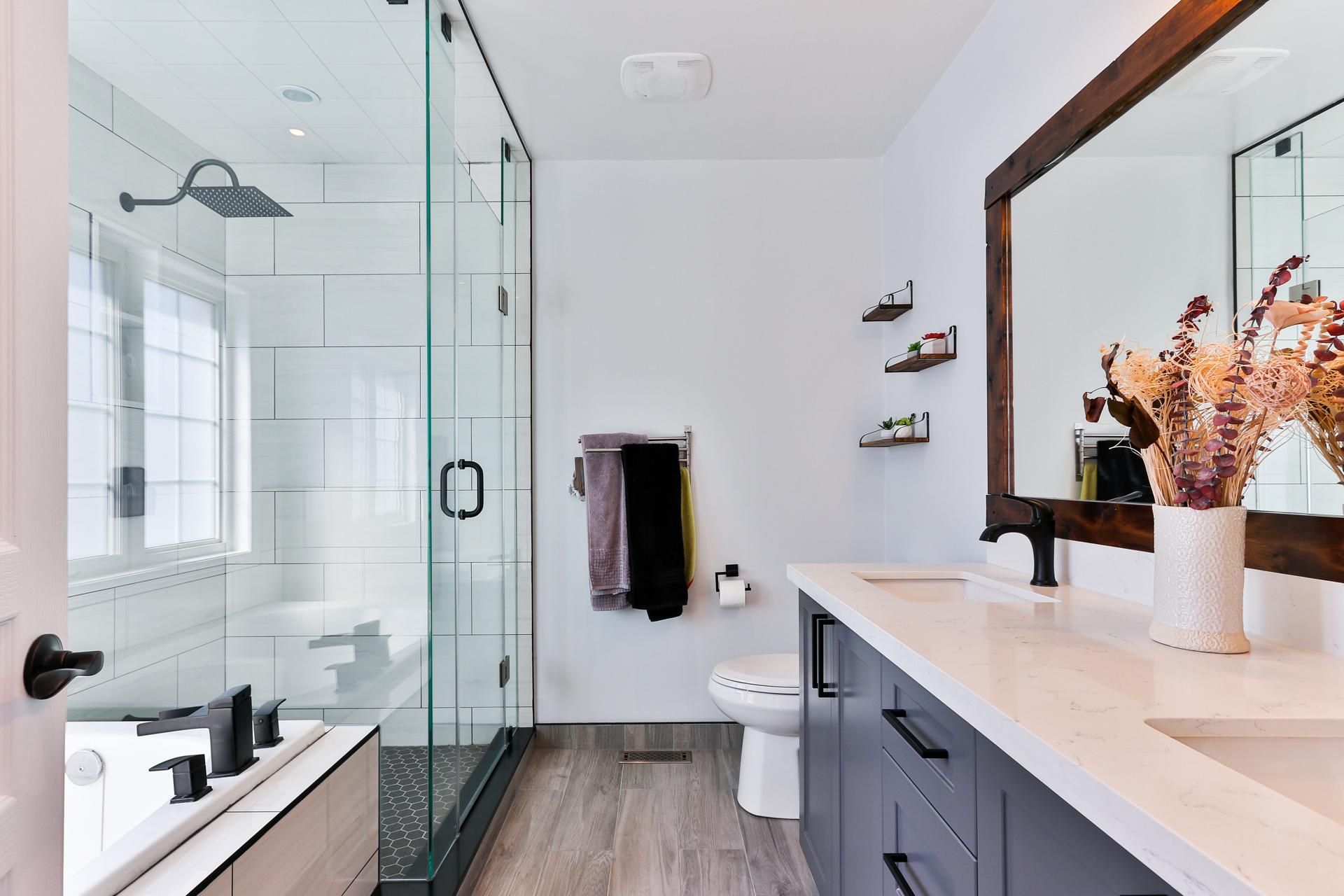Discovering Hot Water Plumbing: The Complete Beginner's Guide

Plumbing for hot water is an essential element of our daily lives. We depend on hot water for a variety of reasons including taking a bath, washing dishes and doing laundry. In this article, we will provide you with a basic understanding of the plumbing of hot water.
The Basics of Hot Water Pipeline
Hot water plumbing is the system that supplies hot water to various areas of a building. It differs from cold water plumbing in that it involves heating water prior to it being distributed across the entire building. The main components of a hot water plumbing system comprise the pipes, water heaters, valves, and fixtures. A water heater can be described as the primary component of a hot-water plumbing system. It is the one that heats the water and stores it until it is required. The pipes transfer hot water from the heater to the fixtures, including showers and faucets. Valves are used to control the flow of hot water, while fixtures are used to distribute hot water to various areas within the structure.
The different types of hot Water Heaters
There are three main kinds that hot water heaters are available on the market that include tankless, storage tanks, and heat pump water heaters. Tankless water heaters warm the water on demand and don’t keep hot water in storage. Storage tank water heaters store hot water in tanks until it is required. Heat pump water heaters use electric power to transmit heat through air or ground to heat the water. Each type of hot water heater has its advantages and disadvantages. Tankless water heaters use less energy and have a longer lifespan, but they are more costly. Storage tank water heaters are more affordable, however they have a shorter life span and are less energy-efficient. Heat pump water heaters are the most energy efficient, however they could not be suitable for climates with colder temperatures.
Maintenance of Hot Water Pipes
Regular maintenance is crucial in order to make sure that the hot water plumbing system functions properly and efficiently. A few suggestions for maintaining the hot water plumbing system includes checking for leaks and flushing the tank and replacing the anode rod. Checking for leaks is essential to prevent water damage and to ensure it is the case that your plumbing for hot water is not wasting water. The process of flushing the tank eliminates the mineral and sediment buildup which reduces the effectiveness in the performance of your water heater. The anode rod was designed to protect against corrosion and should be replaced every few years.
Troubleshooting Hot Water Plumbing Issues
Common problems that arise when plumbing systems are hot include a lack of hot or hot water or low water pressure. If you experience a lack in hot water pressure, this may be due to malfunctioning heating elements or a malfunctioning thermostat. The low pressure in your water can be the result of a blocked the valve or pipe. If you encounter any of these problems it is recommended you speak with a professional plumber to determine and fix the problem.
Conclusion
Knowing the way that hot water plumbing functions is crucial for ensuring your plumbing functions effectively and efficiently. Routine maintenance as well as troubleshooting are crucial to avoid issues and prolong the lifespan of the hot water plumbing system.
Hot Water Plumbing FAQ
How long does a hot water heater last?
The lifespan of a hot water heater depends on the model and type. On average, a storage tank water heater lasts between 8 and 12 years in comparison to a tankless water heater could last as long as 20 years.
How do I know whether the hot water heater in my home requires replacement?
Signs that your hot water heater may need to be replaced are corrosion or rust around the tank’s tank, leaks or strange noises, and a lack of hot water. If you experience any of these symptoms it is recommended you consult a professional plumber.
